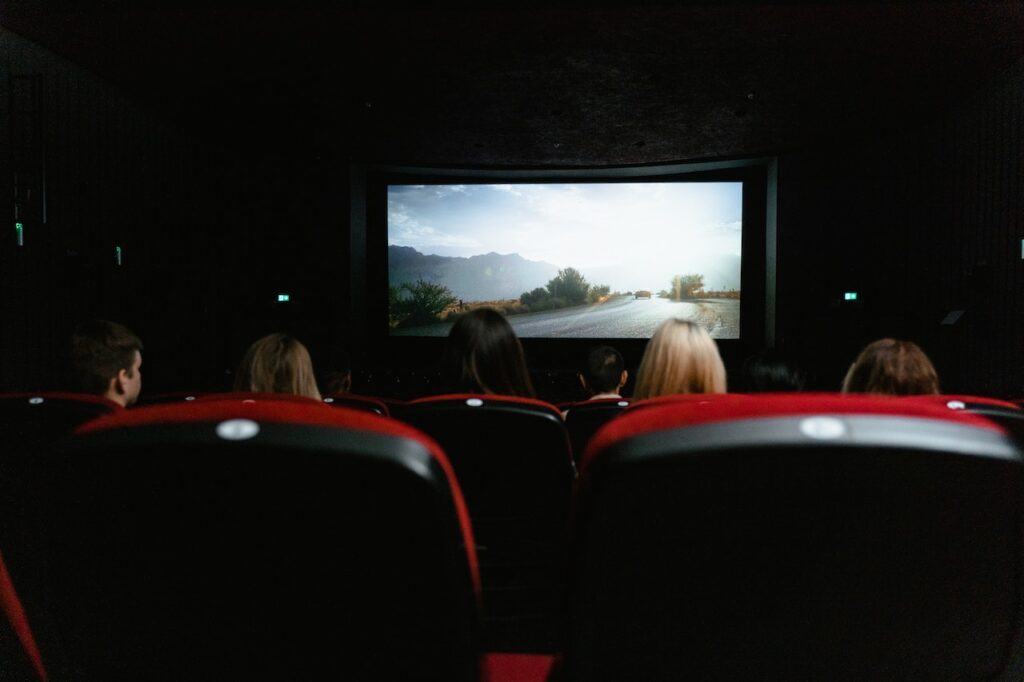How man failed Art to Economy and mindless taste

Art, we all know the word and we immediately get reminded of music, dance, and painting at the sound of it. They are forms of art. But what is art as a phenomenon? What is its importance?
The nature of art that prevails in any era is a reflection of the fundamental philosophy, values, and sense of life of people of that era. Though, in terms of technology, science, and advancement humanity has grown to the state of using artificial intelligence to automate mundane human tasks, a phenomenon such as Art and its value remains unknown and unexplored.
Art is an esthetic representation of reality, a projection of man’s life according to an artist’s judgment, to evoke emotion, a contemplation in the audience. It is an esthetic projection of reality, not as it is, but as ‘it should be and ought to be’. I would like to re-emphasize the statement, “Art is a projection of man’s life as it should be and ought to be.”
When something is represented as it is, it merely becomes a biographical report or a newspaper article. A newspaper report can only be informative but does not evoke contemplation in the reader.
Man is an emotional being. Man’s response to life events is emotional and his emotional needs are complex. He cannot live life without a deeper emotional satisfaction. Art provides man with the scope to explore and experience emotions deeply. Emotion is the key ingredient of art.
Art is of great psychological importance to man. It belongs to the realm of consciousness and does not have any material goal or a material need. The only need that art serves, is the pleasure of contemplation. To understand what this means, one needs to understand the process of creating an artwork.
The nature of art is cyclical. It begins with the artist and ends with the audience. An artist looks at an event or a situation, and contemplates his emotional response to the situation, and that emotional response is the abstract standard. Now he evaluates what is important and what is not from the situation, selects entities that can be projected, and integrates the selected entities into a concrete projection, into the final sum leading to the emotion he felt as an abstract. This is where ‘esthetics’ plays a role. Esthetics determine an artist’s standard of evaluation of what is important in his view of an abstract.
For instance, let us make music. When you listen to a romantic tune, it generates that particular emotion of romance in you. Let us assume you are listening to the music for the first time, even without your knowledge that it is a romantic tune, it would evoke the emotion of romance in you. This is because the of artist’s integration of the musical notes into a melody according to his evaluation of his abstract contemplation of a given event or a situation that was romantic.
What the artist feels as an abstract entity, he projects as a concrete sum. The emotional response that audiences feel in perceiving the concrete sum is the same as the artist’s contemplation while creating it. Hence, the artist and the audience are related and have a deeper connection.
When someone says, I like the story or I like the song or painting, it is not the story or the melody or the colors of the painting that one is appreciating or acknowledging. It is the artist’s view of life, of existence that one is acknowledging.
Psychologically, when an artist projects something, he implicitly says, “This is life as I see it.” When an audience responds to the projection, he implicitly says, “This is life as I see it.”
The nature of contemplation one experiences when one perceives a work of art does not depend on the quality of art, but on the implicit expression of the artist’s sense of life. Hence, one’s response to art is a revelation of one’s view of life and existence. Such is the significance of art to man’s consciousness.
Today the world is driven by material values and everything about man’s life is measured by its relevance to man’s material growth. Since art does not serve any material need to man, falling into the trap of a material-driven culture, people gave up pursuing art.
The nature of art that prevails in any era is a reflection of the fundamental philosophy, values, and sense of life of people of that era. If one observes closely, we are living in the darkest age of art, where originality is replaced by mediocrity, literature is replaced by information, longevity is compromised for commercial viability, emotions are replaced by booing cat calls of dress-circle audiences, the greatest human values are trolled by Instagram memes.
The advent of technology has made entertainment handy. YouTube and Instagram have emerged as giant sources of entertainment, quenching people’s thirst for recreation. The nature of entertainment available on these channels, with overwhelming content has affected people’s attention span, people’s ability to stay focused for a longer duration.
What does this have to do with art?
Because of the overflowing content and shorter attention spans, people no longer read books or literature. In this age of information, young people of today have no idea of literature, the most significant form of art, and its power. Information is not literature. Today literature is dominated by information. It took twenty-three centuries for man to organize his thought in the form of literature. Today a phenomenon like literature is virtually absent from the current philosophical scene and a common man’s life.
There is one significant characteristic of art that is virtually absent in
today’s esthetic scene. Longevity. Observe for yourself, the nature of
contemporary art.
What was the last book that you read? Do you remember one character or a dialogue that inspired you?
What was the last movie that you watched? Do you remember a scene that gave you a deeper sense of emotion?
Do you remember a song that you madly sang over and over again?
Did you ever wonder what is missing in today’s art?
With commercial viability becoming the standard of measurement of an artwork, originality has lost its significance. Anything that sells best is being celebrated by people as art. Such are people’s intellectual standards.
As a child, during the early 2000s, I observed that people’s philosophy, values, their intellectual standards were high. The art of that time had originality, an undying quality of newness in expression. And 15 years later when I look back, I can feel an eloquent difference in what is missing in contemporary art. Life. Today, art is devoid of life, devoid of values. Art has become mere content without context. Longevity is a prerogative of originality, and art should be an original expression. If it is not an original expression, if it is forgotten immediately, it is not art. It is merely a circus played to engage audiences for commercial viability.

